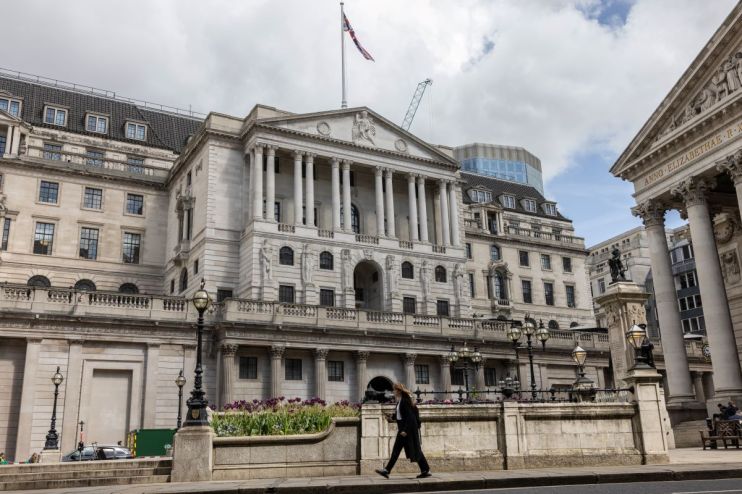Bank of England to leave interest rates higher for longer as inflation becomes embedded

Economists are warning that interest rates will have to stay higher for longer as inflation remains persistently above the Bank of England’s two per cent target.
Although the headline rate of inflation in the UK is starting to fall, core inflation increased month-on-month in July indicating that inflation is becoming increasingly embedded in the UK economy.
To bring inflation decisively down to the Bank’s two per cent target, many experts suggest that rates will have to remain higher for longer – potentially risking a recession.
Matthew Oxenford at the Economist Intelligence Unit argued that rates will remain elevated throughout 2024, with cuts only beginning in 2025.
“The Bank of England will be hesitant to cut interest rates before inflation falls significantly further and begins to stabilise,” he said.
In the UK, the persistence of inflation is being driven by a tight labour market, a relatively large dependence on imported goods and the delay in falling energy prices passing through to households.
All this means inflation is likely to be sticky on the way down, but Oxenford still argued the UK would “escape recession”.
Rupert Thompson, chief economist at Kingswood Group agreed that the case for keeping rates higher was stronger given inflationary pressures in the UK “appear more entrenched than elsewhere.”
But Thompson also argued the “unexpected resilience of economic activity reduces the pressure for an early reduction in rates”.
The economy grew 0.5 per cent in July, comfortably faster than most analysts had predicted.
More broadly, revised figures from the ONS out last Friday showed the UK economy was in a better position than previously thought – with gross national product (GDP) growth figures up 0.6 per cent on pre-pandemic levels by the fourth quarter of 2021.
It means the UK at that point had the third fastest G7 recovery, behind the US and Canada.
The comments come as Bank of England officials increasingly signal that rates will remain higher for longer.
Speaking in South Africa at the end of last week, chief economist Huw Pill compared his preferred route for rates to Table Mountain, which would see them plateau for longer at a lower peak, rather than rising rapidly before falling.
He said this “more steady and resolute way” would be preferable both in terms of quashing inflation and maintaining financial stability.
This followed comments from Ben Broadbent, speaking at the Jackson Hole Symposium, who suggested “monetary policy may well have to remain in restrictive territory for some time yet.”
Not all economists agree. Experts at Capital Economics predict that the Bank’s rate hikes will help bring about a steep fall in prices, but will tip the economy into a mild recession later this year.
Lower inflation and a stumbling economy “may prompt the Bank to cut interest rates quicker than the markets expect,” predicting a rate cut towards towards the end of next year.
Edward Hutchings, head of rates at Aviva Investors, also said that the Bank would have to take stock of how higher rates are impacting the economy before leaving rates elevated.
Hutchings expects the Bank to lift rates twice more which will leave growth “significantly impact” the rate of growth. “The BoE will certainly take note of this and could well adjust their approach,” he said.